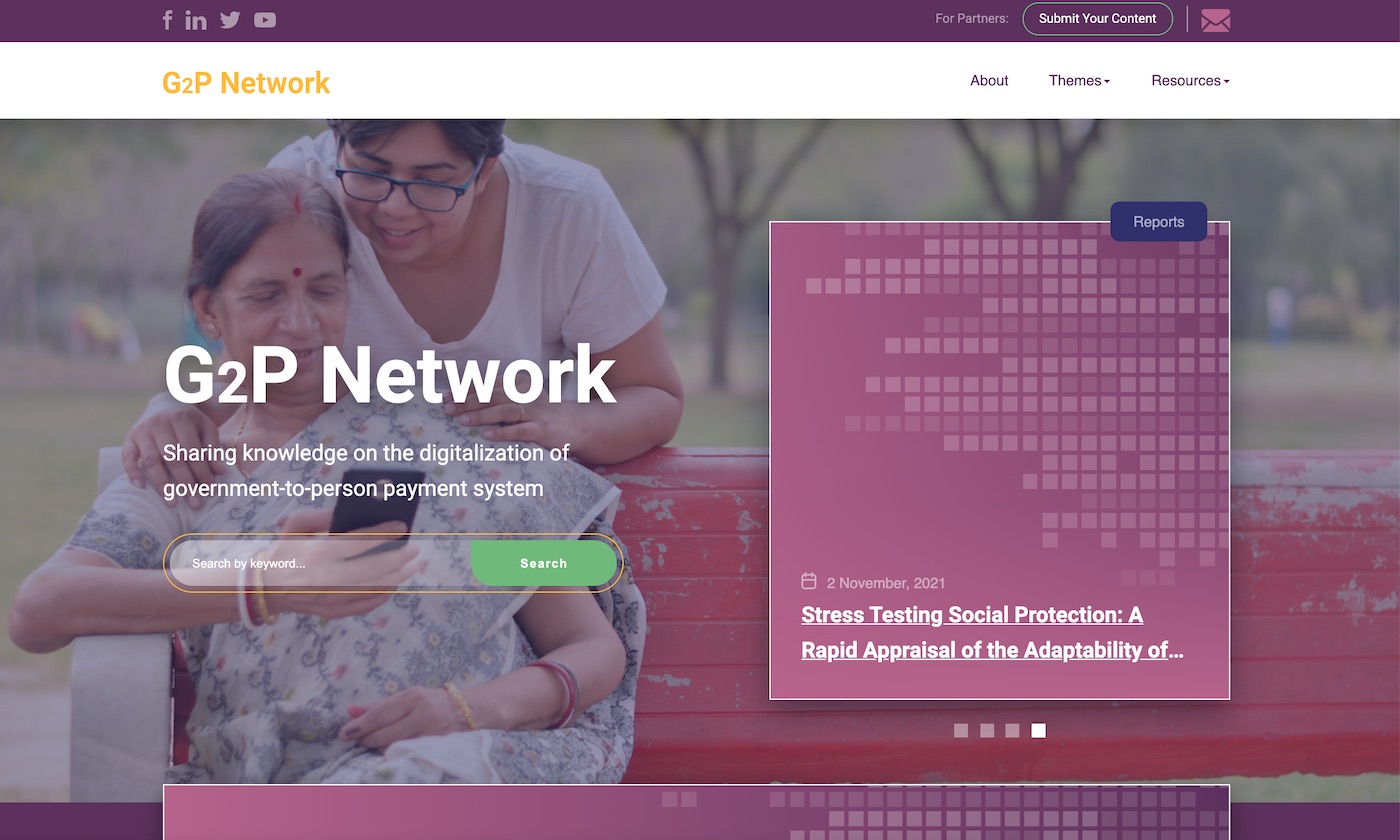According to the recently released State of Aadhaar Report, India is moving rapidly to integrate its digital ID into welfare and benefit programs. By the end of 2017, beneficiaries of 272 schemes had been required to authenticate themselves using Aadhaar There have also been measures to require people to link their Aadhaar numbers to their bank accounts and tax returns, even for those not receiving public benefits. Almost 1.2 billion people have enrolled in Aadhaar; coverage is almost universal for adults and is being extended to children.
With few systematic studies of its impact on program beneficiaries, the debate on Aadhaar has, so far, seen more heat than light, but this is changing. The State of Aadhaar Report surveyed almost three thousand rural beneficiaries in three diverse and widely separated states: Andhra Pradesh, Rajasthan and West Bengal. These states also reflect a spectrum in the use of Aadhaar, with Andhra among the most advanced and West Bengal among the least. The report looks into many dimensions, including beneficiaries’ views of the new digital delivery systems, and the impact of the new approach—which combines financial inclusion (Jan Dhan accounts) Aadhaar, and mobiles (the so-called JAM trinity)—as well as financial inclusion and digital payments.
Not surprisingly, changes on this scale are controversial. While the government has asserted the ability to better target beneficiaries and derive large savings ($12.5 billion over four years though, as noted in the report, the basis for this calculation has not been clearly explained), activists opposed to Aadhaar have criticized its rollout and use as unnecessary and dangerous, excluding legitimate beneficiaries from welfare programs and endangering privacy. In the words of one prominent critic: welfare needs Aadhaar like a fish needs a bicycle. Privacy concerns are both a political and judicial issue, and the appropriate use requirements for Aadhaar are under review by India’s Supreme Court, which recently ruled that citizens had a fundamental—but not an absolute—right to privacy.
So, do fish need bicycles? Without referencing the original use of this phrase (as popularized by Gloria Steinem), according to most of the beneficiaries surveyed for the report, at least in this case they do. An astonishing 87 percent of beneficiaries supported the mandatory linking of welfare programs with Aadhaar, while only 7 percent were opposed. More beneficiaries favored the use of Aadhaar in the delivery of PDS rations than opposed it. The main reason for the response was that the new digital systems provided them with more control over their benefits and made it harder for others to divert their entitlements. Critics who claim that corruption was already addressed prior to the introduction of Aadhaar would do well to note this. As noted in the report, these results are broadly consistent with those found previously in a survey of beneficiaries in Rajasthan by Microsave and the Center for Global Development.
One thing the critics get right, and the report also notes, is the need to fix certain problems with the new digital systems. People have difficulty in correcting the surprisingly frequent errors in biographic Aadhaar data; the CGD/Microsave study also found difficulties caused by data inconsistencies and errors. And, some 2.2 percent of beneficiaries reported having been denied rations in a previous month due to Aadhaar-related factors, such as errors in seeding the number or authentication problems. These are not trivial numbers in populous India. Authentication errors should not happen if proper exception management protocols are applied, but—as also in the CGD/Microsave study—the evidence suggests that often they are not. On the other hand, exclusion due to non-Aadhaar factors such as dealer stock outs, was reported to be three times as prevalent at 6.5 percent. Not all problems can be attributed to Aadhaar.
The report goes into much more detail on these and other important issues, including variations in the experience of implementation across states. It is a major step forward in injecting data and evidence from the field, giving a voice to those who are impacted by the digital transformation of delivery of public services and subsidies, that is, the beneficiaries themselves. It will be interesting to compare the findings with those from our upcoming survey in Krishna district in Andhra Pradesh. We expect the report to be of interest not only across India, but for the many other countries who are looking towards digital technology platforms to improve public service delivery.
CGD blog posts reflect the views of the authors, drawing on prior research and experience in their areas of expertise.
CGD is a nonpartisan, independent organization and does not take institutional positions.





